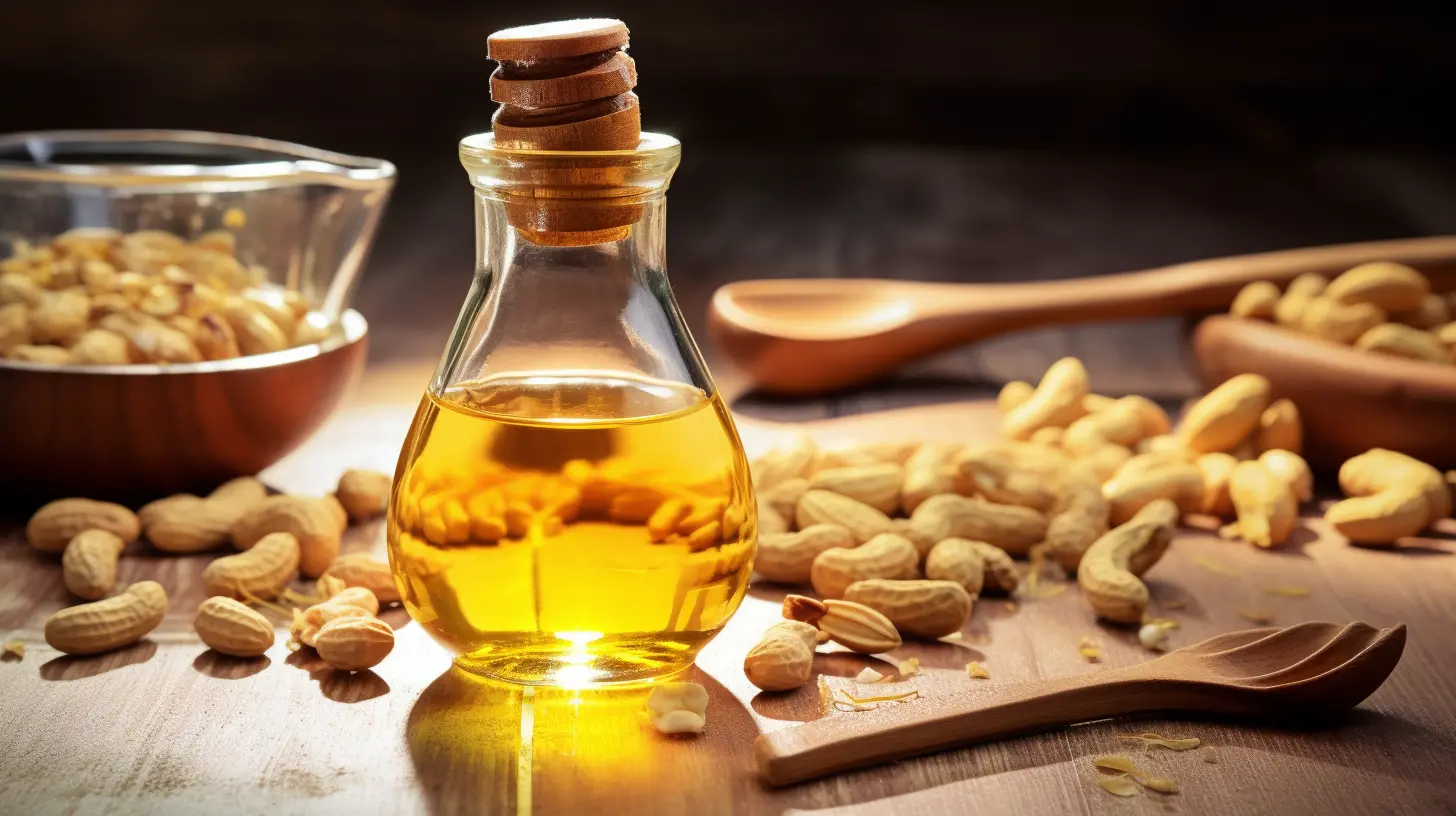
Peanut oil is a staple in kitchens worldwide, valued for its rich flavor, high smoke point, and numerous health benefits. But have you ever wondered how those humble shelled peanuts transform into the high - quality, export - worthy peanut oil that graces your table? In this article, we'll take you through the entire process, from raw materials to the finished product, highlighting the meticulous care and precision that goes into every step.
The journey begins with the shelling of peanuts. Specialized shelling machines are used to separate the peanuts from their shells efficiently. These machines can process large quantities of peanuts, with a shelling efficiency of up to 98%. This high - efficiency process ensures that only the clean, intact peanuts move on to the next stage of production.

There are two main methods of extracting oil from peanuts: hot pressing and cold pressing. Hot pressing involves heating the peanuts to a temperature of around 120 - 130°C. This method can achieve an oil extraction rate of approximately 45 - 50%. The resulting oil has a stronger flavor and aroma, making it popular for cooking dishes that require a rich, nutty taste.
Cold pressing, on the other hand, is carried out at temperatures below 40°C. Although the oil extraction rate is slightly lower, around 40 - 45%, cold - pressed peanut oil retains more nutrients and has a lighter, more delicate flavor. This makes it a preferred choice for salad dressings and health - conscious consumers.
Before the pressing process, the peanuts undergo a thorough cleaning and pretreatment stage. This step is crucial as it removes impurities such as dirt, stones, and broken peanuts. The peanuts are then dried to reduce their moisture content to around 8 - 10%, which helps to improve the oil extraction rate and the quality of the final product.
In the roasting process, temperature plays a key role. Roasting at the right temperature can enhance the flavor and aroma of the peanut oil. Generally, a roasting temperature of 140 - 160°C for about 20 - 30 minutes is ideal. This process not only gives the oil its characteristic nutty flavor but also helps to break down the cell walls of the peanuts, facilitating the oil extraction process.
The crushing stage is essential for increasing the oil yield. By crushing the peanuts into smaller particles, the surface area for oil extraction is increased. Advanced crushing equipment can crush the peanuts into fine particles, which can significantly improve the oil extraction rate during the subsequent pressing process.
After the peanuts are properly prepared, they are ready for the oil - pressing stage. Using state - of - the - art screw presses, the peanuts are gradually compressed to extract the oil. The oil obtained from the pressing process is then filtered to remove any remaining solids, resulting in a clear and pure peanut oil.

The oil cake left after the pressing process is not wasted. It can be used as high - quality animal feed due to its high protein content, around 40 - 45%. This not only reduces waste but also adds value to the production process.
The crude peanut oil then undergoes a refining process to remove any remaining impurities, such as free fatty acids, pigments, and odors. The refining process includes degumming, neutralization, bleaching, and deodorization. After refining, the peanut oil is filled into clean, air - tight containers, ready for export.

Our peanut oil production process is characterized by its strictness and dedication. Every step is carefully monitored to ensure the highest quality of the final product. You can trust our products and be confident in your purchase. By choosing our peanut oil, you are choosing a product that meets the highest international standards and offers exceptional taste and health benefits.
Contact us today to start your partnership and experience the excellence of our high - quality export peanut oil!

